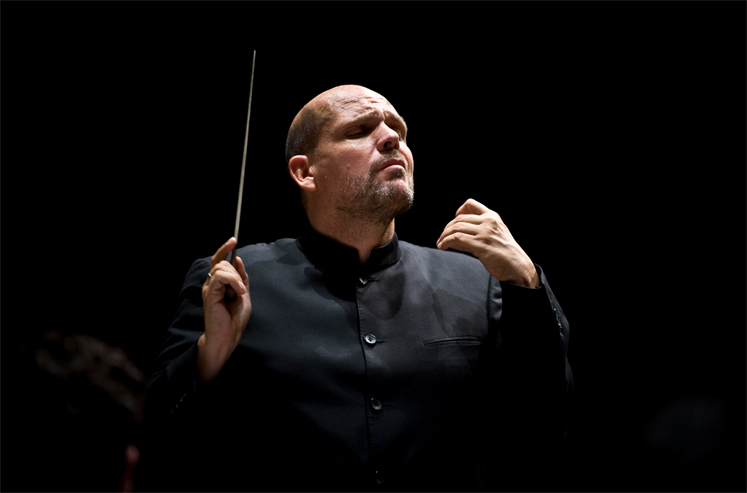As of 2013, the heyday reached by local classical music groups and opera companies in the late 1990s and early 2000s seems distant and almost unreal. But ensembles and companies in Dallas and environs have settled into the new realities, and are learning not only to survive but to thrive and innovate.
Once again in expansion mode, Dallas Opera is giving local audiences an increasingly broad view containing standard repertoire, rarities from the past, and new works. Fort Worth Opera accomplishes a similar mission with its own distinctive flavor, turning the strictures of the shared performance space at Bass Performance Hall into an asset in the form of a concentrated repertory season that makes opera the focus of Fort Worth’s attention for several weeks every spring. Both companies continue traditions of bringing new names, faces, and voices to the region’s opera fans at a level that makes the Dallas-Fort Worth region operatically enviable compared to most of the country.
Smaller ensembles likewise continue to successfully navigate the treacherous waters of classical music in the second decade of the twenty-first century. The Dallas Chamber Symphony has found a unique niche as a presenter of silent film with live orchestral accompaniment (while maintaining a program of traditional programming as well), while the Orchestra of New Spain and the Dallas Bach Society enrich the local scene with presentation of masterpieces from the baroque. In the area of contemporary music, Voices of Change and the Soundings series—the former relying on local performers, the latter on guest artists—present new music in new ways.
The traditional keystones of classical music in this area, however, are the symphony orchestras, and that’s where the legacy of the Great Recession of 2008 lingers most stubbornly. Ideally, a symphony orchestra in an American city should serve three functions in terms of the “classical” repertoire. The most important of these is as a presenter—in a sense, as “museum”—of recognized classical masterpieces. A considerably less important function—and one that belongs primarily to major orchestras in large urban areas—is the exploration of forgotten or neglected repertoire. (It’s to this sort of exploration that we owe the rise in interest of Mahler’s music in the middle of the twentieth century, for instance.)
But a third role—one only minimally less important than the “museum” role—is that of introducing new symphonic music. And, in that role, the Dallas Symphony is failing miserably. For whatever unexplained reasons—and there seems to be a vague connection to ticket sales—the orchestra has placed an effective ban on works by living composers, with about one exception out of dozens of works performed every year. Hopefully, the 2014-15 season, to be announced shortly, will offer some relief from the reactionary programming that has become habitual with the Dallas Symphony.
The Fort Worth Symphony and music director Miguel Harth-Bedoya, meanwhile, have proven to be almost exemplary in the area of programming works by living composers and even exploring forgotten repertoire, and will likely continue in that vein. The ongoing effect of recession for that organization lies in a severely reduced budget, the most obvious result being the reduction, several seasons back, of the musicians’ contracts from fifty-two to forty-six weeks annually, with an accompanying initial pay cut. As in any field, in the long run, pay affects the product. While the orchestra’s performances continue for the time being at a high level, the ability to attract and keep top musicians will be affected, as the years go by, by the fact that the musicians are four weeks short of fulltime employment. Before the crash of 2008, Fort Worth as a community made a commitment to building a tier-one orchestra. In the wake of the crash, Fort Worth has yet to re-commit to that concept, and is, for the time being, satisfied to rest near the top of the second tier of American orchestras. For a city that has long been justifiably proud of its artistic institutions, this is a disappointing lowering of expectations. You might say we would expect that from Omaha or Tulsa, but we want better for Fort Worth. The home of the Kimbell, the Modern Art Museum, and Cliburn Competition should aim for the top tier, not the middle.
The upcoming years, indeed, may be decisive in terms of how the Dallas-Fort Worth region perceives itself—and is perceived—as a center of classical music and opera, moving into the middle years of the century. If we as a community want the greatest opera companies and the greatest orchestras in America, that goal is within are reach. If we are content with where we are in 2013—comfortably in the middle—we will slip even further in the decades ahead.
Photo: Jaap van Zweden Credit: Bert Hulselmans




